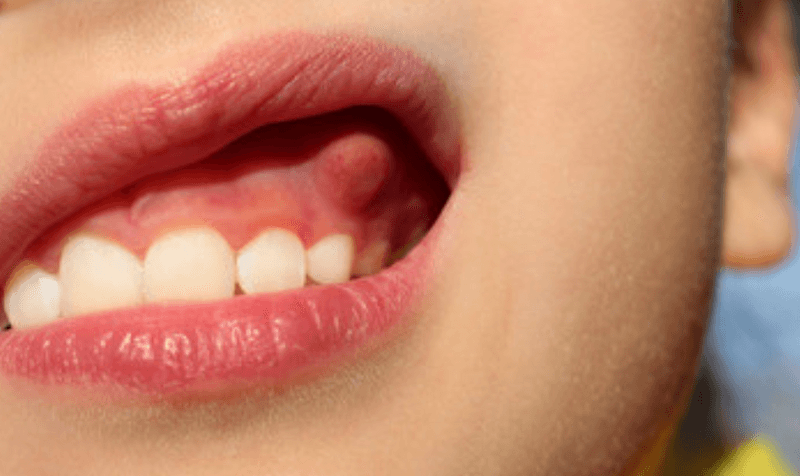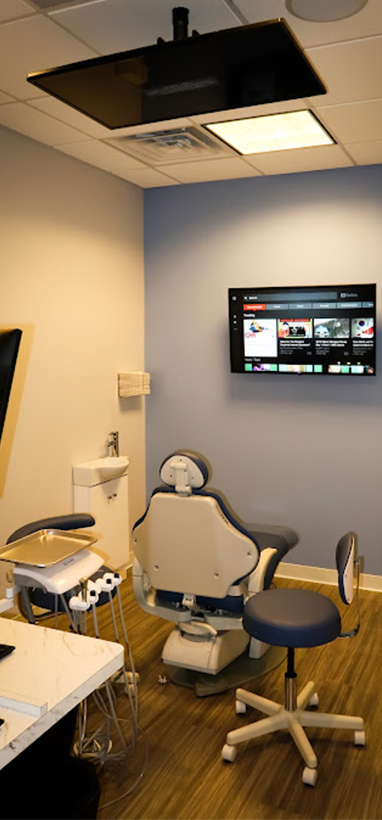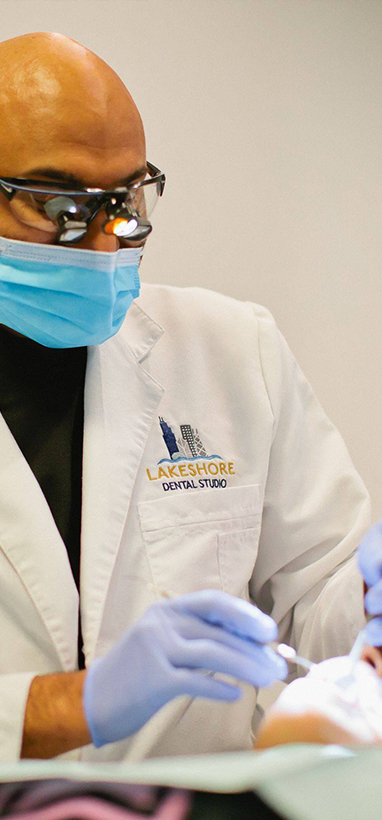5505 N. Clark Street Chicago, IL 60640

The Connection Between Gum Disease and Loose Teeth

Are you experiencing loose teeth lately? Don’t ignore this symptom, as it could be a sign of gum disease. Gum disease is a common oral health condition that affects millions of people worldwide, and if left untreated, it can lead to tooth loss and other serious health issues. In this blog post, we’ll explore the connection between gum disease and loose teeth, why it’s important to take action early on, and what you can do to prevent or manage this condition. Get ready for some eye-opening insights into your dental health!
What is Gum Disease?
Gum disease is a bacterial infection of the gums that can progress to damage the bone supporting the teeth. It is a major cause of tooth loss in adults. Gum disease is caused by plaque, a sticky film of food debris, bacteria, and saliva. Plaque constantly forms on teeth, even with good oral hygiene habits. If plaque is not removed, it can harden into tartar (calculus). Once tartar forms, it can only be removed with a professional cleaning by a dentist or dental hygienist.
If plaque and tartar are not removed, they will continue to grow below the gum line. This growth irritates and inflames the gums, causing gingivitis. Gingivitis is characterized by redness, swelling, and bleeding of the gums. At this stage, gum disease is still reversible and can be treated with professional cleanings and improved at-home oral care.
If gingivitis is not treated, it can progress to periodontitis. Periodontitis is an advanced form of gum disease that damages the bone supporting the teeth and leads to tooth loss. Periodontitis is characterized by deep pockets forming between the teeth and gums; these pockets fill with plaque and bacteria. The body’s immune system tries to fight off the infection by attacking both the bacteria and the bone around the teeth leading to more inflammation and destruction of gum tissue and bone. Periodontitis cannot be reversed but it can be
Causes of Gum Disease
There are many different causes of gum disease, but the most common cause is plaque. Plaque is a sticky film of bacteria that forms on your teeth and gums. If plaque is not removed, it can harden and turn into tartar. Tartar is a hard, yellow substance that is difficult to remove and can cause damage to your gums. Other causes of gum disease include smoking, diabetes, pregnancy, medications, and genetic factors.
Signs and Symptoms of Gum Disease
Gum disease is a serious condition that can lead to a number of health problems, including loose teeth. It is important to be aware of the signs and symptoms of gum disease so that you can seek treatment as soon as possible.
One of the most common signs of gum disease is bleeding gums. This can occur during brushing or flossing, or even when eating hard foods. If your gums are bleeding, it is important to see a dentist right away so that the cause can be determined and treated.
Another common symptom of gum disease is receding gums. This means that your gums are pulling away from your teeth, exposing more of the tooth root. This can make your teeth appear longer than they actually are. If you notice your gums receding, you should schedule an appointment with your dentist so that they can determine the cause and provide treatment options.
Other symptoms of gum disease include bad breath, tooth sensitivity, and pain when chewing. If you experience any of these symptoms, it is important to see your dentist for an evaluation. Gum disease is treatable if caught early, but it can lead to serious health problems if left untreated.
How does gum disease lead to loose teeth?
Gum disease, also known as periodontal disease, is a serious infection of the gums that can lead to loose teeth. Periodontal disease is caused by bacteria that build up in plaque, a sticky film that constantly forms on your teeth. If plaque is not removed, it hardens into tartar, which can only be removed by a professional cleaning. The bacteria in plaque and tartar can cause inflammation of the gums, which leads to gum disease. Gum disease can lead to loose teeth because the inflammation causes the gums to pull away from the teeth. This creates pockets of infection that can damage the bone and connective tissue that support the teeth. Over time, this can cause the teeth to become loose and eventually fall out.
The Risks of Loose Teeth due to Gum Disease
Gum disease is an infection of the gums that can lead to tooth loss. It is caused by plaque, a sticky film of bacteria that forms on teeth. Plaque can harden into tartar, which is more difficult to remove. Gum disease is usually painless, so you may not know you have it.
Gum disease can cause your gums to pull away from your teeth, making them loose. The infection can also damage the bones and tissues that support your teeth. If the gum disease is not treated, it can eventually lead to tooth loss.
To prevent gum disease, brush your teeth twice a day and floss daily. See your dentist regularly for checkups and cleanings. If you have gum disease, treatment may involve a deep cleaning of your teeth and gums, antibiotics, or surgery.
Prevention and Treatment Strategies for Loose Teeth due to Gum Disease
There are a few different things that you can do in order to prevent loose teeth due to gum disease. First, you should make sure that you are brushing your teeth at least twice a day and flossing at least once a day. This will help to remove the plaque that can build up on your teeth and lead to gum disease. You should also see your dentist for regular cleanings and checkups. If you do have gum disease, there are a few different treatment options available. These include scaling and root planing, which is a deep cleaning of the teeth below the gum line; periodontal surgery, which is used to remove the diseased tissue; and antimicrobial mouth rinses, which can help to kill the bacteria that cause gum disease.
Proper oral hygiene habits like brushing and flossing your teeth regularly, scheduling regular dental check-ups, and avoiding sugary foods can help maintain good oral health. Gum disease is a serious condition that can lead to loose teeth if left untreated. If you have any signs or symptoms of gum disease, make sure to contact your dentist as soon as possible for proper diagnosis and treatment. By taking steps towards healthy gums now, you can avoid more complicated issues later on down the road.
FAQs:
Q. What are the symptoms of gum disease?
A: The early stage of gum disease, called gingivitis, usually doesn’t cause pain. Symptoms include red, swollen, or bleeding gums. If not treated, gingivitis can progress to periodontitis, which causes more severe symptoms including loose teeth.
Q. How does gum disease affect my overall health?
A: Gum disease has been linked to other serious health conditions such as heart disease, stroke, and diabetes. This is because the bacteria from gum disease can enter your bloodstream and cause inflammation throughout your body.
Q. How do I prevent gum disease?
A: Good oral hygiene habits are essential for preventing gum disease. This means brushing your teeth twice a day, flossing daily, and seeing your dentist regularly to prevent gum disease.












